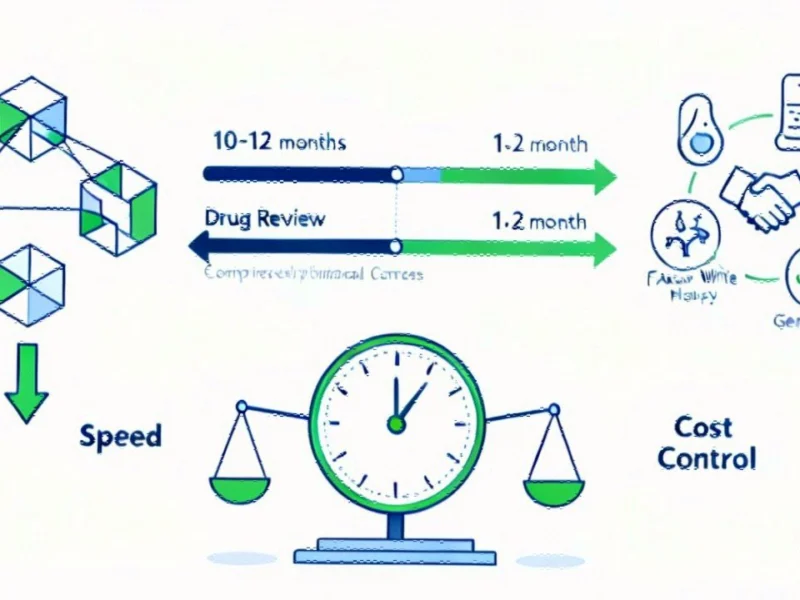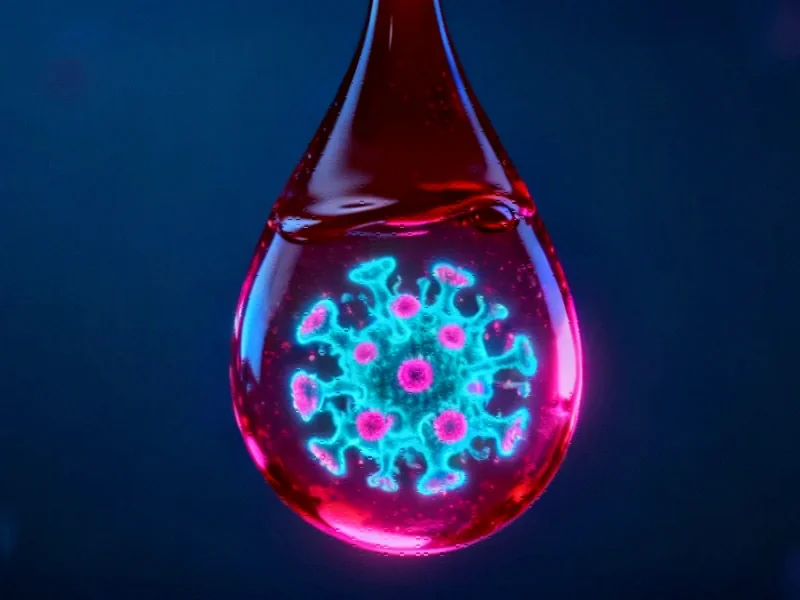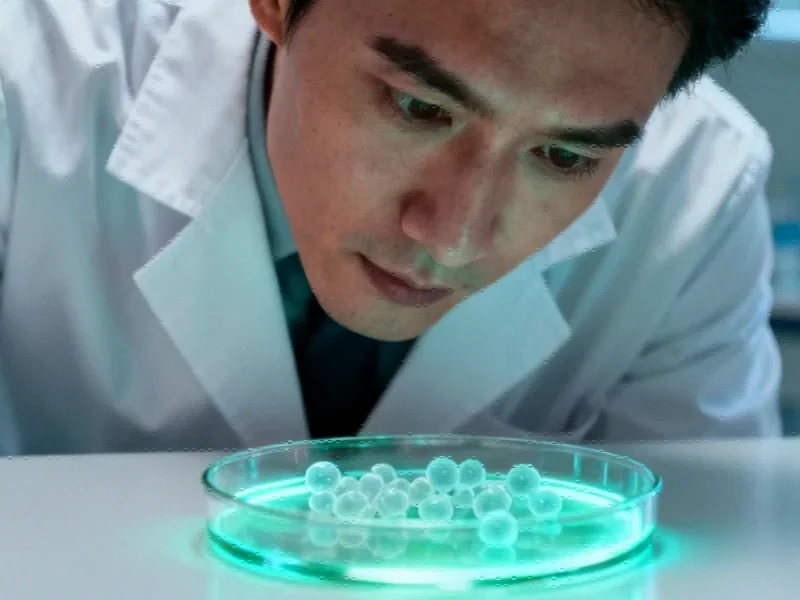Breakthrough in Eye Aging Research
Scientists at UC Irvine have made a significant discovery that could transform how we approach age-related vision decline. Their latest research demonstrates that targeted fatty acid supplementation can reverse visual aging in mice, offering hope for similar applications in humans. This finding builds upon previous work investigating the ELOVL2 gene, often referred to as the “aging gene” due to its role in cellular aging processes.
The Science Behind Vision Restoration
The research team, collaborating with institutions including the Polish Academy of Sciences and the Health and Medical University in Potsdam, Germany, discovered that administering specific fatty acids to older mice resulted in measurable improvements to their eyesight. “We show the potential for reversing age-related vision loss,” explains Dr. Dorota Skowronska-Krawczyk, an associate professor at UC Irvine who contributed to the study published in Science Translational Medicine.
Previous research had established that the ELOVL2 enzyme plays a crucial role in visual aging. “We showed that we have lower vision when this ELOVL2 enzyme isn’t active,” Skowronska-Krawczyk notes. The team’s earlier work demonstrated that boosting ELOVL2 activity increased levels of docosahexaenoic acid (DHA), an omega-3 fatty acid essential for eye health, resulting in improved vision in aging mice.
A Novel Approach to Eye Health
The latest breakthrough came when researchers sought to achieve similar benefits without directly manipulating the ELOVL2 enzyme. By supplementing with specific fatty acids, they effectively bypassed the need to activate the aging gene directly. This approach represents a significant shift in how scientists might address age-related vision conditions, including age-related macular degeneration (AMD), one of the leading causes of vision loss in older adults.
This research aligns with other industry developments in biotechnology that seek to address age-related conditions through targeted nutritional interventions. The findings suggest that dietary approaches might complement more complex genetic therapies in the future.
Implications for Future Treatments
The potential applications of this research extend beyond simple vision correction. As the global population ages, developing effective interventions for age-related conditions becomes increasingly important. The UC Irvine team’s work represents a promising step toward non-invasive treatments that could restore visual function without surgical intervention.
These findings come at a time when researchers are making significant strides in understanding how nutrition affects cellular function. Similar to how recent technology advances have transformed manufacturing processes, nutritional science is evolving to address fundamental biological processes.
Broader Scientific Context
This vision research intersects with wider scientific efforts to understand aging processes. The relationship between fatty acids and cellular function represents an emerging frontier in medical science. As noted in this comprehensive coverage of the UC Irvine findings, the implications for age-related disease treatment could be substantial.
The study also highlights how different scientific disciplines are converging to address complex biological challenges. Understanding the role of specific nutrients in gene expression and cellular function requires integrating knowledge from genetics, biochemistry, and nutrition science.
As research in this field advances, it may intersect with other areas of technological development, including the kind of infrastructure challenges discussed in analyses of market trends in energy and computing. The computational power needed for genetic research continues to grow, creating connections between seemingly disparate fields.
Looking Forward
While the research is still in early stages, the results offer promising directions for future therapeutic development. The team at UC Irvine continues to investigate how fatty acid supplementation might be optimized for maximum benefit and how these findings might translate to human treatments.
As with many scientific breakthroughs, the path from laboratory discovery to clinical application will require additional research and testing. However, the potential for developing simple, effective interventions for age-related vision loss represents an exciting prospect for the millions who experience declining eyesight as they age.
This article aggregates information from publicly available sources. All trademarks and copyrights belong to their respective owners.
Note: Featured image is for illustrative purposes only and does not represent any specific product, service, or entity mentioned in this article.



